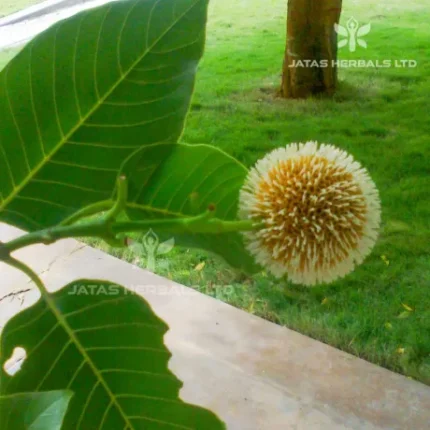The term Nimbuka was not traceable in the Vedic literature as well as in the Samhitas. How ever Jambira is mentioned in the Atharva PariÜi¦¢a (A.P. 5/1/5). Among the Brihat Trayi, Sushruta only denoted the synonym Jambira (S.S.Su.46/139 & 162) under Phala varga. Dantasatha is the name used by Brihat Trayi to denote all lemon varieties. It is observed that nimbuka and jambira are more described in the Rasa Sastra texts and in the Nighantus. Nimbuka is one of the important ingredients in Amla Panchaka, Panchamla and Amla varga. Its juice is considered to be Vyaitarthakari cikitsa in Amlapitta / Sula.
Controversial Studies– Jambira and Nimbuka are thought to be the synonyms by some scholaras. But Bhavamishra described ‘Svalpa Jambirika’, Nimbuka and Mishtaphala which are different species of Citrus.
Different varieties–
(1) Vana Jambira (wild lime)– Atalantia malabarica (Rafin.) Tanaka or A. ighantu correa.
(2) Jambira (lime)– Citrus aurantifolia (Christm) Swingle or C. mediaca Linn. Var. acida watt.
(3) Mitha Nimbuphal (sweet lime)– Citrus limetta Risso.
(4) Naranga (orange)– Citrus reticulata Blanco or C. aurantium Linn. Var. aurantium.
(5) Madhukarkati (pummelo or paradise apple)– Citrus maxima (Burm). Merr.
(6) Nimbuka (lemon)– Citrus limon (L.) Burm. F
(7) Bijapura (citron)– Citrus medica Linn. Or C. medica var. medica Watt.
Botanical Description–A straggling, bushy, small tree, 3-4 m. high, with thorny branches. Leaves–ovate, petiole margined or winged. Flowers-small, white or pinkish, sweet-scented. Fruit- oblong or ovoid, usually with a nipply-shaped extremely, bright yellow, rind thick; pulp acid, pale yellow. Distribution– Cultivated/grown in U.P. Maharashtra, Tamil Nadu and Karnataka. Found wild in the north-west regions of India upto 1300 m.
Important Citrus species used for medicinal purpose are :
Sl No. Botanical Name Hindi Name Telugu Name
- aurantifolia (Christm.) Swingle – Kabhzi nimbu – Nimma
(varieties : Abhayapuri lime & Karimganj lime from Assam; Coorg from Karnataka)
- aurantium Linn. – Khatta – Mallika-narangi
[var. bergamia Risso Syn.: C. bergamia Risso Poit. (Bergajmot Orange)]
- deliciosa Tenore –
(Syn.: C. reticulata Blanco var. deliciosa R. Singh & Nath)
- grandis (Linn.) Osbeck. – Chakotra, mahanibu – Pamparapanasa
(Syn.: C. decumana Linn; C. maxima (Burm.) Merrill)
- jambhiri Lushington – Jambhiri – Dabba kaya
- karna Rafin. – karna khatta – jamuri nimbu
(C. aurantium var. khatta Bonavia)
- latifolia Tanaka (Persian, seedless or Tahit lime)
- limetta Risso (Sweet lemon) Tamil – Kolumichai
- limettioides Tanaka – Mitha nimbu – Gajanimma
- limon (Linn.) Burm. F. – Baranibu – Bijapura nimma
- limonia Osbeck – Surkh nimboo
- maderaspatana Tanaka – Guntur orange, Sour orange – Narinja
- Madurensis Lour. – China Orange
(Syn.: C. mitis Blanco)
- medica Linn. – Biajaura – Madiphalam
- paradisi Macf. (Grape fruit) – Chakotra
- pennivesiculata Tanka – – Gajanimma
- pseudolimon Tanaka – Hill lemon / Kumaon lemon
- reticulata Blanco – Santra – Kamalaphalam
(loose skinned orange)
- sinensis (Linn.) Osbeck – Mosambi – Battai kaya
(tight skinned orange or sweet lemon)
- unshiu Marcovitch (Satsuma Orange)
Major chemical constituents–Abscisic acid, abscisin II, auxin, limonin, limonene, poncirin from fruits.
Part Used– Fruit
Dosage–Fresh juice 10-20 ml.




Reviews
There are no reviews yet.